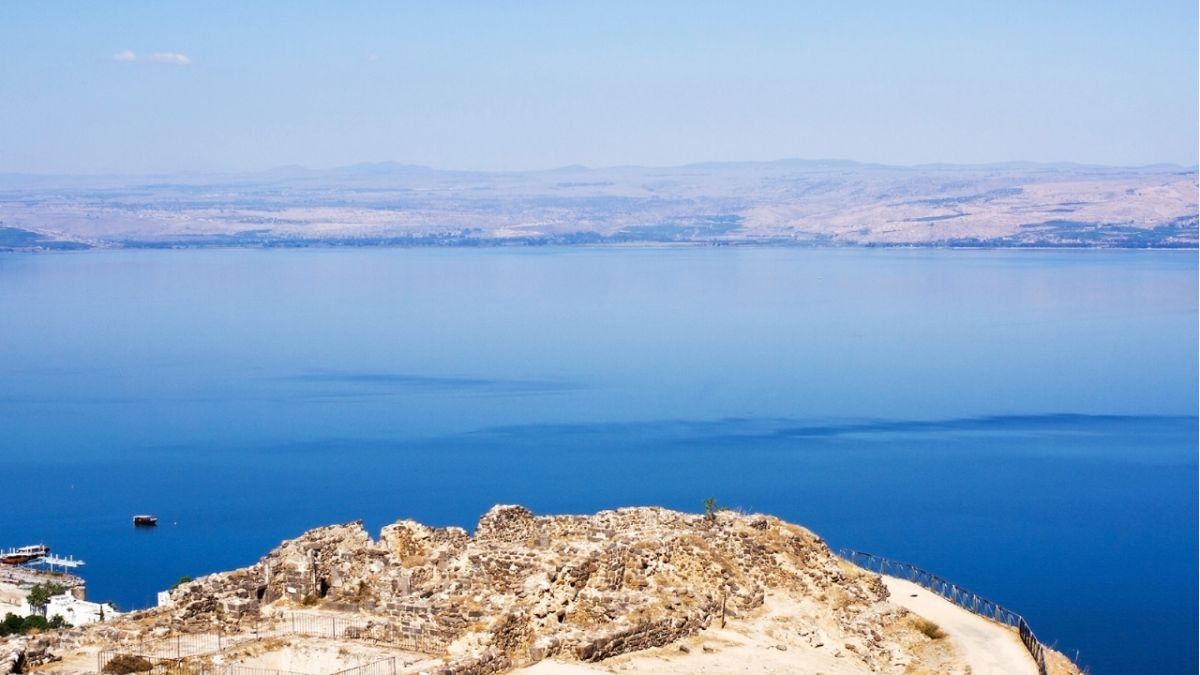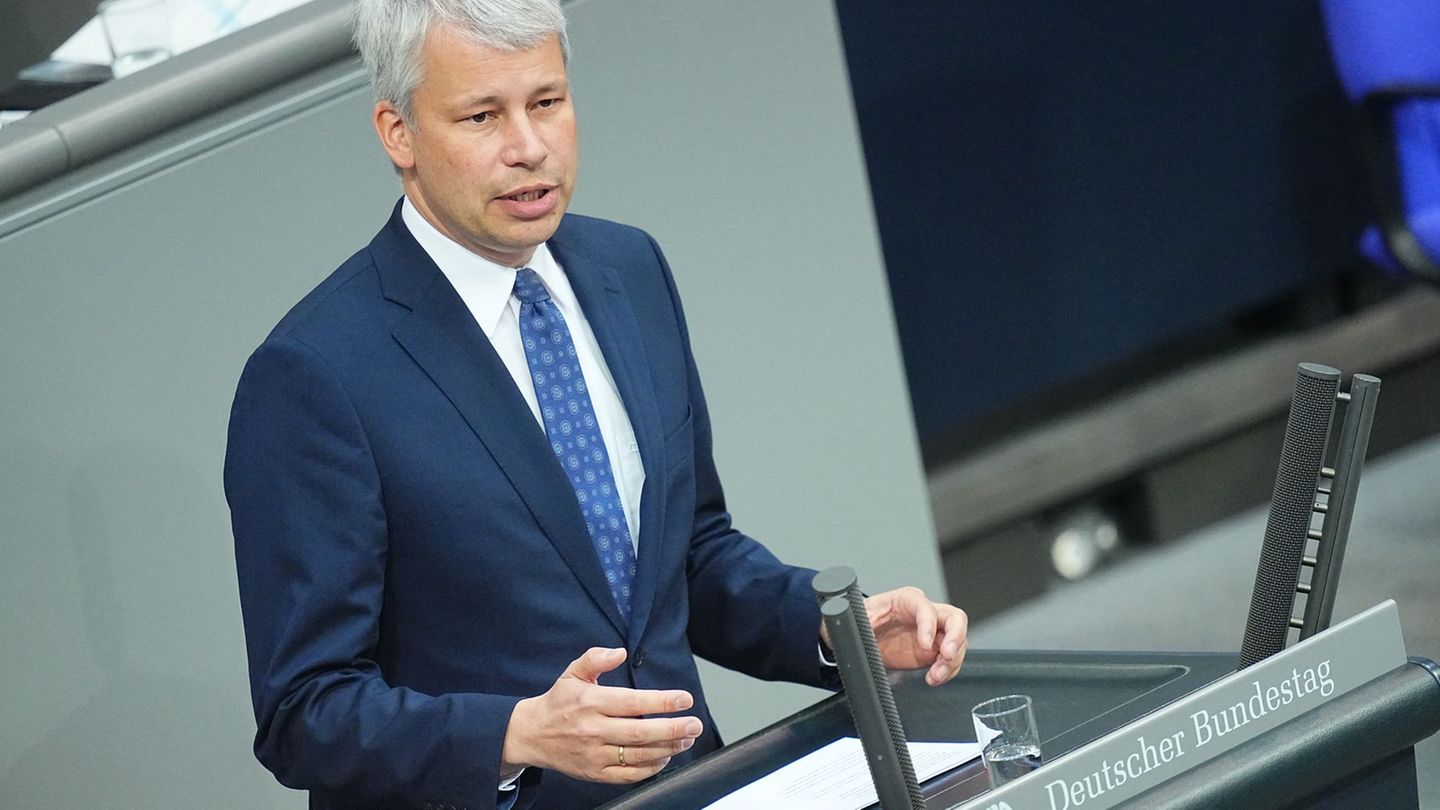israel 3.jpg
Israel Economic
According to Noam Halfonresearcher for the Israeli meteorological services, the temperature increased two degrees Celsius in the last two decades. Added to an increase in episodes of drought Between 2014 and 2018, it helped dry up the Sea of Galilee, also called lake tiberias. “And some models predict that we will have less precipitation overall, down 10% to 15% starting in the second half of the 21st century.Halfon said.
The demographic boom increases the pressure on the strategic aquifer. “The population doubles every 30 years. Without this project (to fill in the lake), the situation will be terrible”he told AFP. In the green hills of northern Israel, laborers dig ditches to bury the kilometers of pipes that they will unite the lake with the gigantic desalination plants.
“When the water circulates through the pipeline, contributing the surplus from the desalination plants in the center (of Israel), we will be able to raise the level of Lake Tiberias, which will become an operational reserve”celebrated Ziv Cohenan engineer for Israel’s national water company, Mekorot, which oversees part of the works.
israel.jpg

The universal
The budgeted project 1 billion shekels (US$310 million) will allow the trend to be reversed from now to the end of the year and somehow revive the old natural dam. To get here, Israel had to massively invest in recent years in desalination technologies, an experience later used in the negotiations to normalize relations with the Arab countries of the region facing the same lack of water.
“In the space of 15 years, Israel has gone from being a water-deficient country to being a country in a state of abundance, which is phenomenal.”assured David MuhlgayCEO of the Omis Water company, which operates a desalination plant in Hadera.
The complex transforms 137 million cubic meters of salt water in drinking water each yearwhich supposes a 16% of drinking water in the entire country. And its capacity can reach 160 million cubic meters per year, Muhlgay admitted. But to desalinate the water, the factory needs a colossal amount of energy. And how Israeli hydroelectric and nuclear production is not enough to meet demandthe country has coal and gas power plantslocated two steps from the Omis Water plant.
israel 4.jpg

moment24
“Currently, it cannot supply me with renewable energy”expressed Muhlgay, aware of the contradictions of adapting to the climate crisis with desalination at the expense of high energy expenditure. Israeli dominance in desalination matters arouses envy and a rapprochement with Arab countries such as the United Arab Emirates, Bahrain or Moroccowith whom they normalized relations since 2020.
The Omis Water plant was visited by a Moroccan delegation. And the company’s parent company, IDE, sent its vice president to the United Arab Emirates. “Everyone faces water scarcity, so promoting access to water can solve some problems”he claimed David Muhlgay.
Innovation did not mitigate the conflict with the Palestinianswhich also has its derivatives in the distribution of water resources, pointed out Ayman Rabbiexecutive director of the Palestinian Hydrology Group, an NGO dealing with the issue.
israel 2.jpg

Excelsior
Israel controls the main aquifers of West Bank occupied, Palestinian territory located on the shores of the Sea of Galilee. And, under the peace accords signed in Oslo in 1990, Israel resells water to Palestinians, but distribution hasn’t kept pace with population growth.
To overcome the situation, the Palestinians switched to crops with less need for irrigation and are striving to collect rainwater. “Of course they (Israelis) present themselves as exporters of water, but I don’t think this will have an impact on the Palestinians.”Rabi protested.
Source: Ambito
David William is a talented author who has made a name for himself in the world of writing. He is a professional author who writes on a wide range of topics, from general interest to opinion news. David is currently working as a writer at 24 hours worlds where he brings his unique perspective and in-depth research to his articles, making them both informative and engaging.




